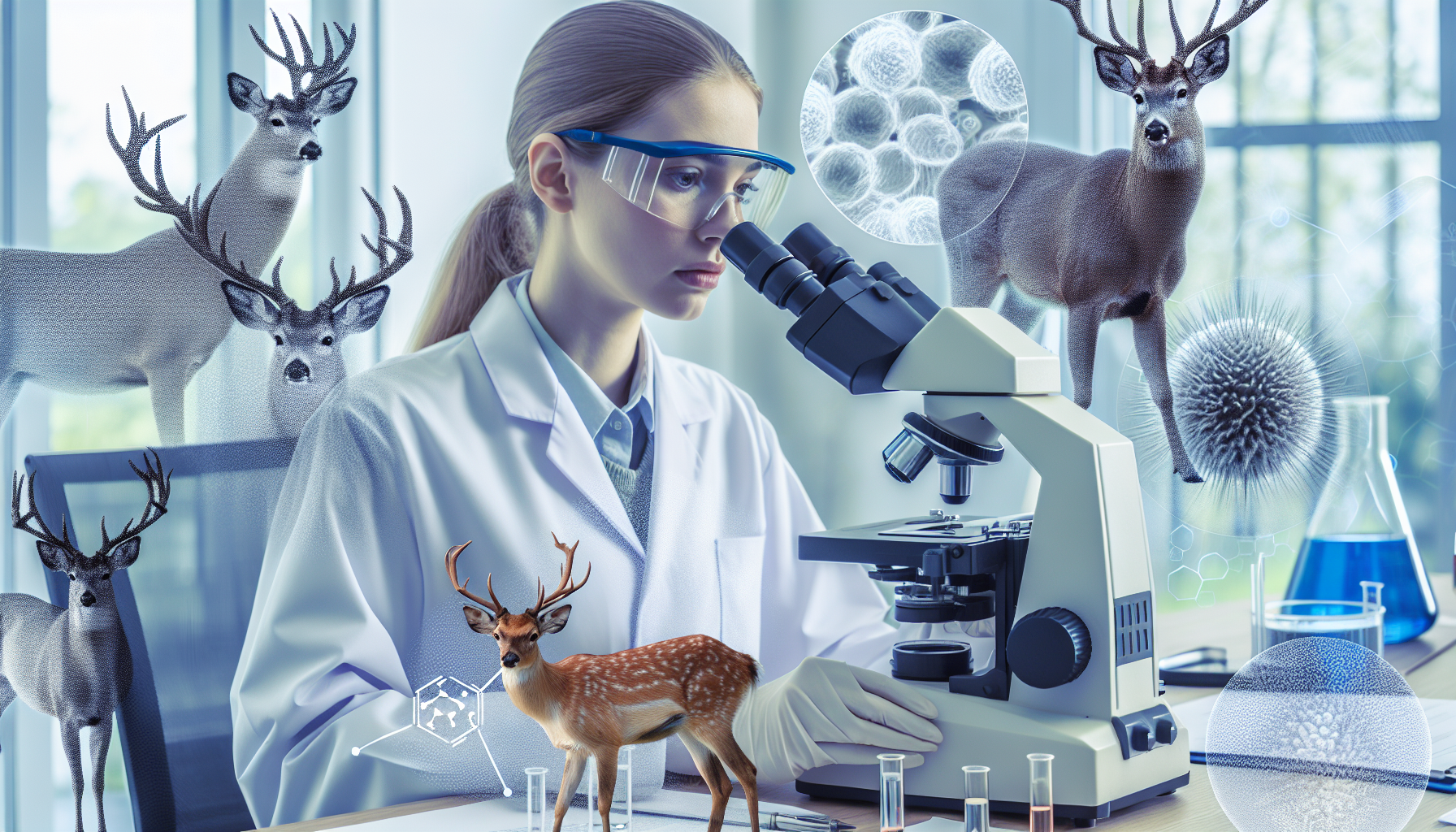Enhancing Viral Readiness: FDA's Strategic Moves Against H5N1 Threats
Key Takeaways
- The FDA is proactively testing dairy products for H5N1 to ensure pasteurized milk remains safe for consumption.
- Dairy farm workers and other agricultural workers are encouraged to use personal protective equipment to minimize transmission risks.
- The FDA's 2025 budget proposals aim to enhance public health preparedness by centralizing efforts and improving communication across critical agencies.
Did You Know?
Understanding H5N1 and Its Potential Impact
The H5N1 avian influenza remains a concern globally, especially when involving mutations that could bridge the species barrier to humans. Although current risks to humans are minimal, vigilance is imperative. The Food and Drug Administration (FDA), under Commissioner Robert Califf's guidance, emphasizes the importance of preemptive measures to mitigate any potential health crisis.
In the event of a mutation found in dairy cattle that could potentially affect humans, the FDA has already been proactive by testing dairy products. Extensive testing assures that pasteurized milk remains safe for consumption as no live virus has been detected in these products.
Protective Measures and the FDA's Role
Dairy workers, much like other agricultural workers, face unique risks due to their exposure to livestock. Customary personal protective equipment (PPE) similar to what was used during previous pandemics is necessary to reduce transmission risks to dairy farm workers. Importantly, employing strategies like these has already become routine in managing avian influenza among poultry workers.
The FDA isn't navigating these challenges alone. There are intricate collaborations with the Department of Agriculture, which oversees livestock regulations, and the newly inaugurated White House Office of Pandemic Preparedness and Response Policy, aiming to fortify a national response across critical agencies.
The Direction of Future Preparedness
Commissioner Califf shared insights into the FDA's 2025 fiscal budget proposals, which reflect an increase aimed at enhancing public health preparedness and food safety, drawing from experiences such as the recent infant formula crisis. This includes an innovative large-scale reorganization within the FDA focusing on creating a centralized Human Foods Program to streamline responses to food safety concerns.
The proposed structural changes and budget increases indicate a stronger, more unified approach to tackling not only H5N1 but any similar threats in the future. By centralizing efforts and improving communication across various sectors, the FDA aims to maintain strict oversight and quick response capabilities.
Conclusion
The continuous evolution of viruses like H5N1 demands an adaptable and preemptive response strategy. The FDA's current initiatives and future plans showcase a comprehensive approach to safeguarding public health not just from H5N1 but from any biosecurity threats that might arise. Understanding the potential for virus mutations and preparing accordingly is not just a policy; it is a necessity that underscores the intersection of animal health and human health in our interconnected environment.





